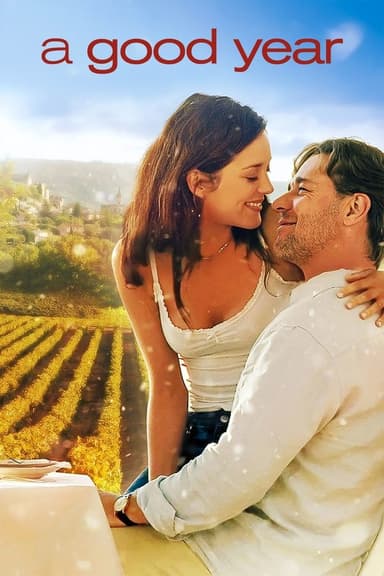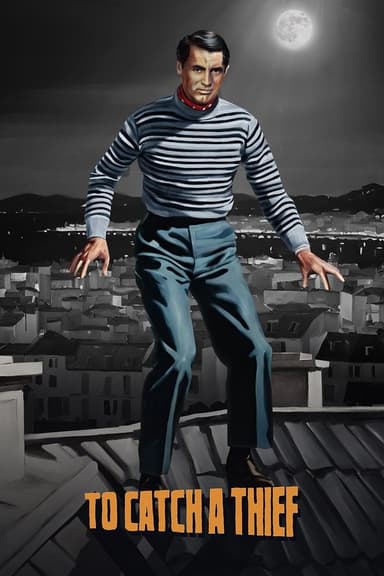
Mrs. Harris Goes to Paris
2022 • Comedy, Drama, History • PG
A 1950s London cleaning lady falls in love with an haute couture dress by Christian Dior and decides to gamble everything for the sake of this folly.
Runtime: 1h 56m
Why you should read the novel
Reading Paul Gallico’s novel, Mrs. 'Arris Goes to Paris, immerses you in a richly detailed world with a depth and intimacy that film simply cannot match. The novel captures the unique inner voice of Mrs. Harris, highlighting her dreams, struggles, and resilience with a warmth and subtlety that allows readers to truly empathize with her. Through Gallico’s evocative prose, the subtleties of postwar London and glamorous Paris are brought to life in a way that feels personal and vivid.
The book offers a gentle but profound meditation on hope, kindness, and the transformative power of believing in oneself. Unlike the film, the novel takes its time to delve into Mrs. Harris’s motivations, her friendships, and the small but significant moments that shape her journey. This nuanced storytelling makes for a more rewarding and contemplative experience.
Choosing the book over the movie connects you directly to the source of Mrs. Harris’s enduring appeal. Gallico’s original narrative provides not just the plot, but the heart and soul of Mrs. Harris’s adventure, offering insights and joys that simply can't be replicated on the screen. Rediscover the magic of reading and let Mrs. Harris’s story inspire you page by page.
Adaptation differences
One of the main differences between the film adaptation and Paul Gallico’s original novel is the portrayal and development of supporting characters. The movie expands the roles of certain figures, notably André Fauvel and Natasha, giving them more intricate backstories and romantic subplots, which serve to modernize the narrative and make it more relatable for contemporary audiences. In the book, these secondary characters are not as fully fleshed out, keeping the focus tighter on Mrs. Harris herself and her singular quest.
Another key difference lies in the tone and pacing. The novel is gently paced and rich with introspective moments, allowing space for Mrs. Harris’s emotional growth and her observations about the world around her. The film, on the other hand, opts for a snappier pace, prioritizing visual storytelling, comedic timing, and dramatic visuals over the internal narratives found in the book. As a result, some of the book's deeper themes and character nuances are streamlined or omitted altogether.
The setting and period details are also subtly different. Gallico's book grounds Mrs. Harris’s journey in the realities of postwar England and Paris, highlighting class barriers and economic struggles. The movie, while capturing the era’s aesthetic, often glosses over the harsher aspects to maintain a more whimsical, feel-good atmosphere. This shift softens the socio-economic commentary present in the novel.
Finally, the ending in the film is more overtly optimistic and conclusive, providing a clear sense of triumph and resolution for Mrs. Harris and other characters. The book's conclusion, while hopeful, is more nuanced and open-ended, inviting readers to reflect on the lasting impact of Mrs. Harris’s journey. This difference fundamentally changes the takeaway message—encouraging contemplation in the novel, and satisfaction in the film.
Mrs. Harris Goes to Paris inspired from
Mrs. 'Arris Goes to Paris
by Paul Gallico







